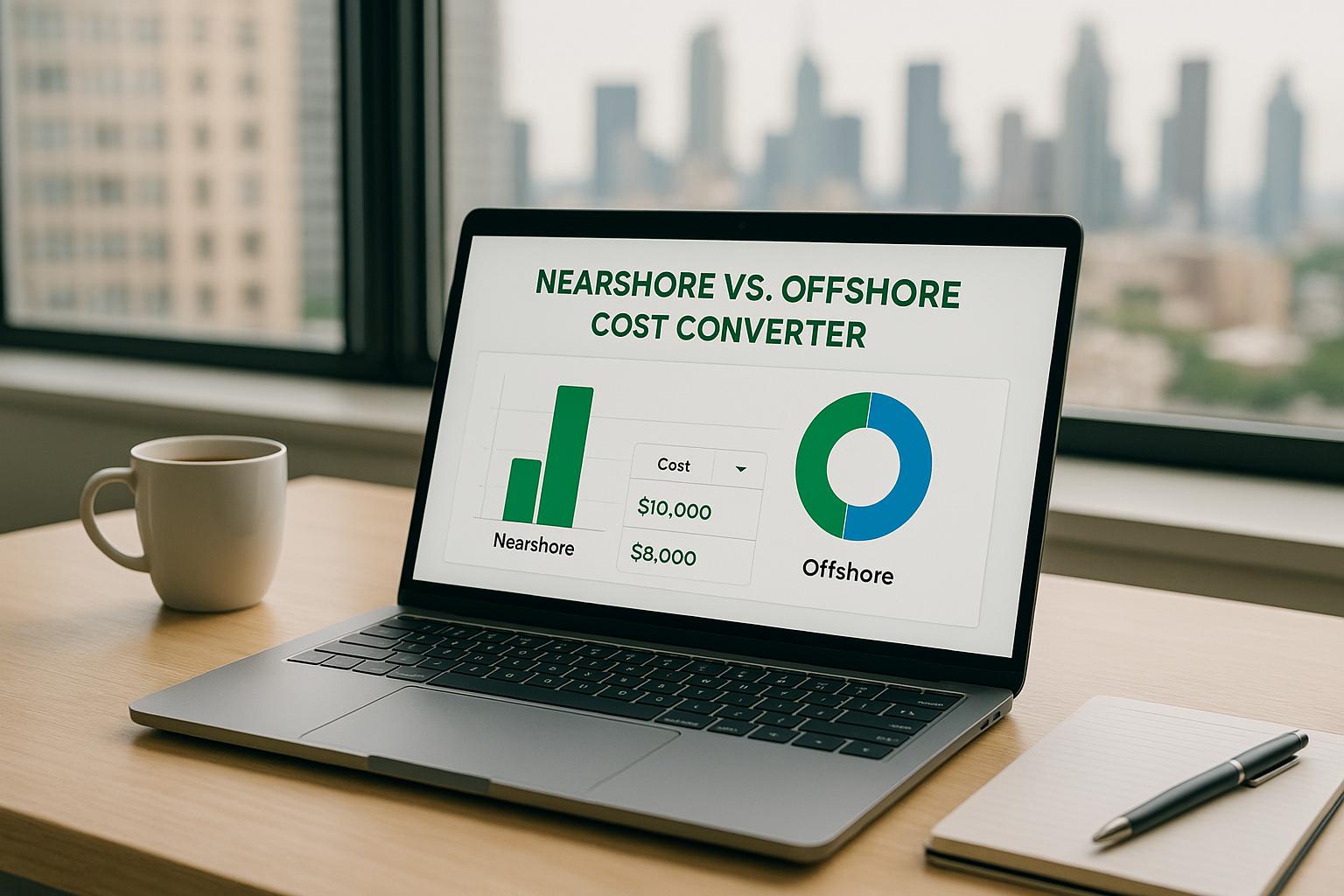Compare Hiring Costs with Nearshore vs Offshore Insights
When building a remote team, one of the biggest questions is whether to go nearshore or offshore. The decision often hinges on budget, but it’s not just about the numbers. With our cost comparison tool, you can break down expenses for roles like Software Engineers or Designers across different experience levels. This helps you see where your money goes furthest while considering other factors like time zone alignment.
Why Cost Comparison Matters
Hiring globally opens up a world of talent, but the price tag varies wildly. Nearshore teams, often in neighboring regions, might have higher hourly rates but offer easier collaboration due to similar working hours. On the flip side, offshore options can slash expenses significantly, though you might face challenges with communication or project delays. By using a hiring expense calculator, you get a clear snapshot of total costs in USD, tailored to your staff count and contract duration. This empowers smarter planning, whether you’re scaling a startup or managing a large project. Beyond the dollars, think about workflow—sometimes paying a bit more for proximity pays off in productivity.
FAQs
How are the hourly rates determined for nearshore and offshore?
We’ve set predefined hourly rates based on industry averages. For example, a Junior Software Engineer might be $30/hr nearshore and $15/hr offshore, with adjustments for experience levels like Mid-Level or Senior. These rates reflect typical market trends, though actual costs can vary depending on specific locations or providers. Our goal is to give you a realistic starting point for comparison.
What’s the advantage of nearshore hiring beyond cost?
Nearshore hiring often means closer time zones, which can make collaboration smoother. If your team is in the US, working with a nearshore team in Latin America, for instance, means overlapping work hours and faster communication. Cultural alignment can also play a role, reducing misunderstandings. While offshore might be cheaper, nearshore often offers a balance of cost and convenience.
Can I trust the cost calculations from this tool?
Absolutely, though it’s a guide rather than a final quote. We calculate costs transparently using a standard 40-hour workweek and 4.33 weeks per month, multiplied by staff count, hourly rates, and contract length. The side-by-side comparison and percentage difference help you see the big picture. For precise budgets, always confirm rates with your hiring partner, but this tool gives a solid baseline.

